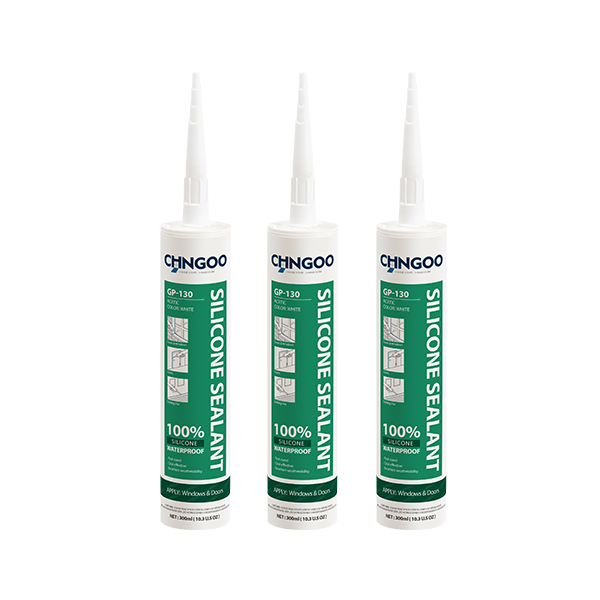
Know More About Silicone Sealant
- By:
- Date:2021/01/28
Silicone sealant is an industrial-grade type of plastic adhesive which is used to seal together various materials. It's also known as silicone sealant since it has a silicone-like consistency. Some of the most common places for this include automobiles, boats, industrial equipment, and even paintable surfaces. The only problem with using silicone sealant on paintable surfaces is that it does not stick well. If you try to use it on paintable walls, for example, you'll find that the sealant either doesn't stick at all or it easily flops over onto your freshly painted surfaces.
That's where silicone adhesives come in handy. They provide a strong, watertight seal around just about any type of surface since silicone adhesives are oil-based. That means that once you've used them they won't leave a mark, they're extremely easy to work with, and they're much easier to clean than most other types of sealants. If you need to clean your silicone sealant then all you have to do is take some lukewarm water and a sponge or brush and scrub it away. One of the biggest problems with this sealant is the cure time. It takes about forty-five minutes for it to cure on a surface, and depending on its quality and application quality, it can take as long as one hundred and fifty-five minutes. While you can reduce that time by reducing the amount of material being used and/or the temperature of the room in which you're working, that can still take a lot of time. A better way to go about handling this issue is to keep a good tooling time estimate in mind when you buy your silicone sealant.
As far as the other silicone sealant components are concerned, there are several varieties on offer. There are both low-misting and high-misting varieties, both of which work well on both hard and soft surfaces. Silicones and polyols, and there are even some that combine the two (i.e. high silica and low silica or alumina).

In general, silicone sealant vs acrylic sealants that have a water-based adhesive, you should go for the sealants with the lowest water content. Water-based adhesives are easier to remove than oil-based ones, and you don't have to wait for them to dry before you apply them. On the other hand, oil-based sealants have a smoother and more velvety finish and they tend to leave a greasy film so maybe a better choice if you don't have a great deal of time to spend on your painting project. Silicone-based cures tend to work better for small holes and cracks. Even so, it's not uncommon to find some small cracks that go unnoticed during the painting process. You may not notice the cracks when you first start painting, but as they get deeper into the wall these cracks will often show up more clearly. So, as a rule of thumb, you'll want to use a silicone sealant for medium to large-sized holes and cracks. But remember that even with sealants you may still need to touch up small cracks.
You can also use other types of paintball joint compound such as epoxy. One thing to note about epoxy is that although it is available in both acrylic and silicone sealant forms it is recommended that you use acrylic sealants for larger areas and silicone sealants for smaller areas. There are a number of reasons for this and we'll talk about them in another article. The important thing is that you are careful and make sure that you always apply a thick coat of paint over the joint to act as an adhesive. You don't want to be in a rush to get this paint on because you're afraid that you might miss the spot and ruin the area you were working on.
CONTACT US


Foshan Chngoo Co., Ltd.
We are always providing our customers with reliable products and considerate services.
If you would like to keep touch with us directly, please go to contact us



